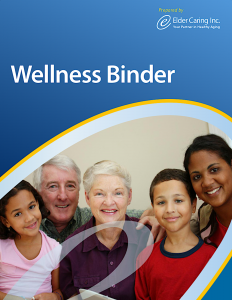Sticks and Stones and Old Age Will Break My Bones
allaboutestates. ca. November 13, 2012:
November is Osteoporosis Month which is perhaps why the CBC radio show “White Coat Black Art” with Dr. Brain Goldman did a show on ways to reduce needless surgeries and long wait times for hip and knee replacements.
The Osteoporosis Society shares:
• No single cause for osteoporosis has been identified.
• Osteoporosis can strike at any age.
• Osteoporosis affects both men and women.
• Osteoporosis is often called the ‘silent thief’ because bone loss occurs without symptoms.
• Women and men alike begin to lose bone in their mid-30s; as they approach menopause, women lose bone at a greater rate, from 2-3 per cent per year.
• Fractures from osteoporosis are more common than heart attack, stroke and breast cancer combined.
• At least 1 in 3 women and 1 in 5 men will suffer from an osteoporotic fracture during their lifetime.
• Over 80% of all fractures in people 50+ are caused by osteoporosis.
• Osteoporosis causes 70-90% of 30,000 hip fractures annually.
• Twenty-eight per cent of women and 37% of men who suffer a hip fracture will die within the following year.
• Each hip fracture costs the system $21,285 in the 1st year after hospitalization, and $44,156 if the patient is institutionalized.
• Osteoporotic hip fractures consume more hospital bed days than stroke, diabetes, or heart attack.
• A study recently reported that only 44% of people discharged from hospital for a hip fracture return home; of the rest, 10% go to another hospital, 27% go to rehabilitation care, and 17% go to long-term care facilities.
• The lifetime risk of hip fracture is greater (1 in 6) than the 1 in 9 lifetime risk of developing breast cancer.
• Both vertebral and hip fractures are associated with an increased risk of death.
• One in three hip fracture patients re-fracture at one year and over 1 in 2 will suffer another fracture within 5 years.
The interview with Susan Roberts, who is an Advance Practice Physiotherapist (APP)can be heard on CBC. Sunnybrook’s Holland Musculoskeletal Program is using this model of care which includes the APP being the first point of contact for the patient and they will provide the initial comprehensive functional assessment and refer on to a surgeon based on specific criteria. The APP and the patient will make a decision about next steps and if surgery is not the answer then the APP will provide patient education on community resources and treatment options. This seems to be a great approach to a growing problem.
-Audrey Miller




